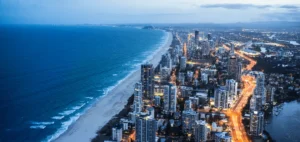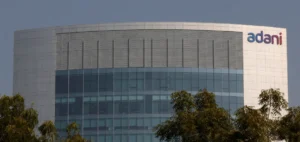China, the world’s largest coal consumer, is moving toward a significant reduction in its reliance on this fossil fuel. According to a report jointly published by the Centre for Research on Energy and Clean Air (CREA) and the International Society for Energy Transition Studies (ISETS), 52% of experts surveyed predict that the country will reach its peak coal consumption as early as 2025. This milestone would represent a major turning point in the fight against greenhouse gas emissions.
These projections come as Beijing ramps up its efforts to accelerate the adoption of renewable energy sources. For instance, permits for new coal power plants dropped by 83% in the first half of 2024, and no major coal-based steel projects were approved during this period.
An Ambitious Yet Challenging Energy Transition
China’s energy transition faces significant challenges. Although the country has surpassed its solar and wind energy targets by six years, uncertainties remain regarding the future trajectory of emissions. According to Lauri Myllyvirta, lead analyst at CREA, the country’s energy consumption growth continues to outpace its GDP growth, which could hinder the progress made.
Moreover, coal-based electricity generation is still seeing slight increases, though at its slowest growth rate in nearly a decade. To maintain its commitment to carbon neutrality by 2060, China must either accelerate the integration of renewable energy sources or implement economic policies encouraging reduced energy consumption.
Climate Goals and International Pressure
China has committed under the Paris Agreement to reach peak carbon emissions by 2030, with carbon neutrality targeted for 2060. The updated version of its nationally determined contribution (NDC) is expected in February, outlining additional measures Beijing plans to take to achieve its climate goals.
The scope of China’s efforts is critical not only for its national commitments but also for global objectives in combating climate change. As the world’s leading energy consumer, every adjustment to its policies has significant implications for energy markets and international climate initiatives.






















